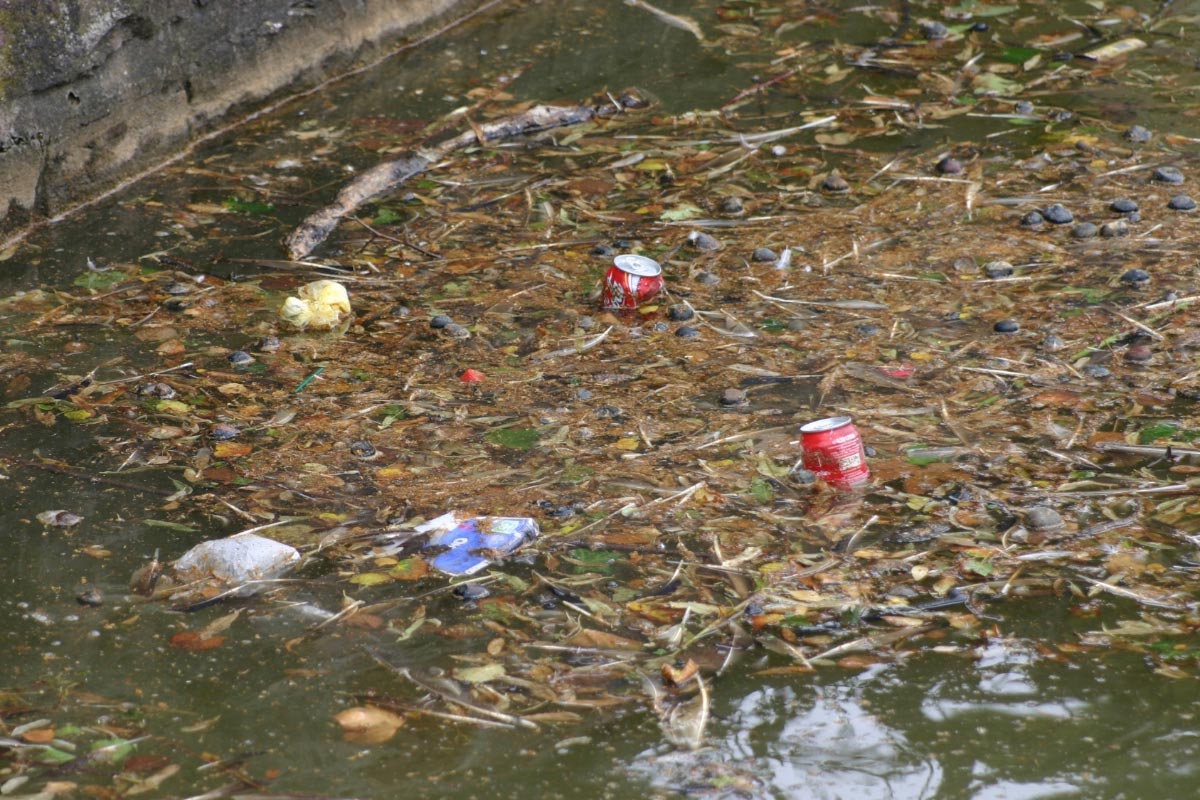Typhoon Etau has caused widespread flooding in Japan. While flood waters did not engulf the Fukushima power plant, they did sweep away 82 plastic bags containing radioactive grass and soil from the Daiichi site.(1)
The plastic bags had been stored at the Iitate village before the flood waters took a hold of them. Approximately 30 large holding bags were washed into the river, further contaminating waters that had been already polluted by radioactive waste. For years, local activists and residents had been vexed by contaminated soil placement. Many of the radioactive bags were placed in marshland located near rivers and beaches. The effects that these escaped bags may have on the ocean and nearby wild life remains uncertain.(2)
